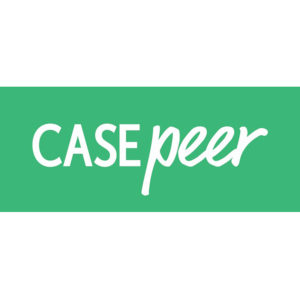Note: This is Part 2 in a series on the traditional Japanese educational (master/apprentice) framework, Shu Ha Ri, and it’s correlation with the study/practice of law. Part I can be found here.
Ha
Wikipedia describes it as “detach”, “digress” — breaking with tradition — detachment from the illusions of Self. Which is part of it. Ha is composed of two parts, Stone and a phonetic part. Most clearly it means “to break”. It can also be thought of as “diverging from form” in this context.
“In the traditional Japanese concept of Shu-ha-ri, ha is the first hint of creative expression allowed the student…It has been called the “divergent form existing within the form” or the “orthodox variation that co-exists within the confines of the strictly defined greater form” . This is when the student is encouraged to consider any response to a failure within the pure kata (form). Extremely attentive instruction is required by the sensei (teacher) at this juncture because too much deviation will lead to sloppiness or bastardization of technique, while too much restraint can cripple any underlying intuitive talent. Encouraging intuitive creative talent is the purpose here but this creative experience must be diligently tempered by the confines of the greater kata (form).”
– Y. Takamura , ‘Teaching and Shu-Ha-Ri,’ Aikido Journal 1986. Partially available online here.
A person reaching the Ha level is one who has a firm understanding of the basics and underpinnings of form and procedures in relation to a certain mode of study (Note: traditionally this was seen as taking around 10 years). A practitioner at this level begins to rearrange and reconstruct what they have learned in order to better integrate the knowledge and make it their own.
In relation to law, I find it analogous to senior attorneys who seemingly have maps to certain areas of their practice etched into their minds. I have a map within my mind as well, only mine has one path and it’s usually up a hill. Senior attorneys seem to have multiple paths available to them on their map to their destination. Beyond that they are able to diverge off of any path and forge ahead through myriad and disconnected areas to reach their destination – certainly a level of practice for which new lawyers to aspire.














